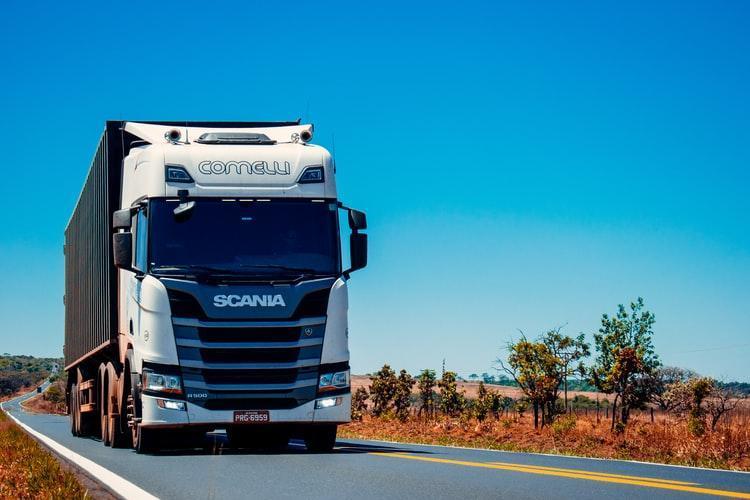A COMMON perception is that time wasted due to being stuck in traffic, or when trying to find a parking space, could have been saved if your car was a fully self-driving (FSD) vehicle.
We have been waiting for autonomous vehicles (AVs) for quite some time after all the statements made by companies involved in AV production.
The truth is, the perception about wasted minutes is wrong.
AV will still take time as it follows the best route possible to get to your destination, just like what you do by following the best route selection guide from Waze or Google Map.
The only difference is that in AVs, you need not focus on driving. You can do other things like attending to Facebook and Instagram, reading your paperwork, watching YouTube or movies, or simply sleeping until you reach your destination.
According to the Society of Automotive Engineers, to operate a FSD vehicle, not only do the autonomous cars need to communicate with the infrastructure and other cars around them, they should also fully understand their surroundings.
To ensure safety, AVs must understand and react to situations based on traffic cultures, which vary from one place to another.
For example, in rules and regulations, both written and non-written, which are widely accepted in society; the quality of education (what people learn as they grow up), including moral and ethical matters; how effective is enforcement (strictness of law); and finally, the road system design.
Autonomous cars are being tested around the world, but there have been a number of accidents, making the idea of training artificial intelligence (AI) the priority in understanding diverse situations and reactions.
By having a clear guide map, AVs can predict reactions and act on them, becoming an integrated part of the traffic system.
Tesla and its chief executive officer, Elon Musk, have long been criticised for overstating the capabilities of the company’s Autopilot system. Terms like “Autopilot” and FSD have contributed to an environment in which Tesla customers are misled into believing that their vehicles can actually drive themselves.
Due to the latest accidents involving Autopilot vehicles, the US National Highway Traffic Safety Administration now requires companies like Tesla and Alphabet’s Waymo to report incidents involving driver assistance and autonomous systems within one day of learning of a crash, signalling a tougher stance by regulators.
Alliance for Automotive Innovation, a trade group that represents all the major automakers and their suppliers, excluding Tesla, released a statement that singled out “misuse and abuse” of advanced driver assistance systems (ADAS).
It said it is critical that consumers know and understand the benefits and limitations of these features to build and improve confidence in proven vehicle safety technologies.
Misuse and abuse of Level 2 ADAS systems is extremely dangerous and threatens consumer acceptance and confidence in vehicles equipped with potentially life-saving ADAS technologies.
Another trade group, the Self-Driving Coalition for Safer Streets, which represents AV companies, including Waymo, Argo, Aurora, Cruise and others, echoed similar concerns.
But they stated there must be a distinction between their members’ autonomous vehicles, which do not require human intervention to operate safely, and driver-assistance technology like Tesla’s, which requires an attentive driver.
Let us not forget that AVs still have a long way to go before they get there. Rules and regulations must be in place, infrastructure must be ready, even the weather conditions must be considered.
It is better to “assume the worst and design for that” and not rely on the technology promising safety. The question then is, who benefits the most from an AV?
With AVs, transport businesses no longer need to employ people to drive vehicles, thus saving tremendously on salaries, medical insurance and other costs. Thousands, even millions of drivers will be out of job as these companies maximise their profits.
For the giant tech companies, supplying AV software and hardware to auto makers means a new, huge revenue stream turning their multi-billion companies into trillion-dollar companies.
So it is clear that tech companies and companies in the transport business will gain the most from the AV industry.
Link: https://www.nst.com.my/opinion/columnists/2021/07/707299/tech-transport-companies-will-gain-most-autonomous-vehicle
Source: https://www.nst.com.my
















Leave a Reply